This month, we will be discussing two objects made by students of medicine, a tea cosy and a wall hanging. Both come from the maternity ward of the Helsinki general hospital. The maternity ward provided practical training on childbirth to candidates of medicine from 1833 onwards. A dedicated hospital for childbirth and gynaecological treatment as well as the practical study of gynaecology didn’t exist in Finland until the establishment of the Naistenklinikka Women’s Hospital in 1934.

Medical training still features a traineeship of approximately one week as part of the course in obstetrics and gynaecology. Traditionally, students would live in their traineeship location during the traineeship. This tradition ended in the 2000s and was replaced with on-call shifts. The goal is to observe and assist in five labours from start to finish during the traineeship period. The most important thing students must learn is how to assist a baby into the world. Midwives in training undergo a similar traineeship alongside prospective doctors.
Embroidered memories
The students of Cursus II in the class of 1928 sewed and embroidered this tea cosy during their traineeship to thank the midwives in the general hospital. The cosy was intended for the midwives’ on-call room. The motifs on the cosy are very appropriate for the work of the midwives. A fetus in utero is embroidered on each side of the navy blue cosy. The smaller embroideries refer to the pleasant times the artists spent at the maternity ward as well as their academic careers. These images feature playing cards, a wine bottle and a glass as well as Minerva’s owl, the symbol of wisdom and Apolllo’s lyre, the symbol of academic learning. The students also embroidered their own names.
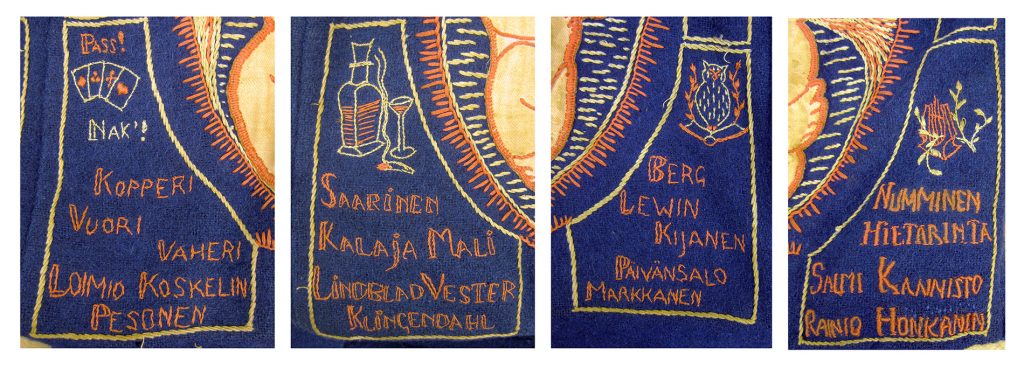
Photographs worth a thousand words
Medical education was organised into graduation classes at the beginning of the 20th century. Students would make friends in their class, progress in their studies and spend free time together. The traineeship at the maternity ward was also an important factor in fostering the community of future doctors. Many had fond memories of living, working, being on call and enjoying youthful escapades with their student friends.
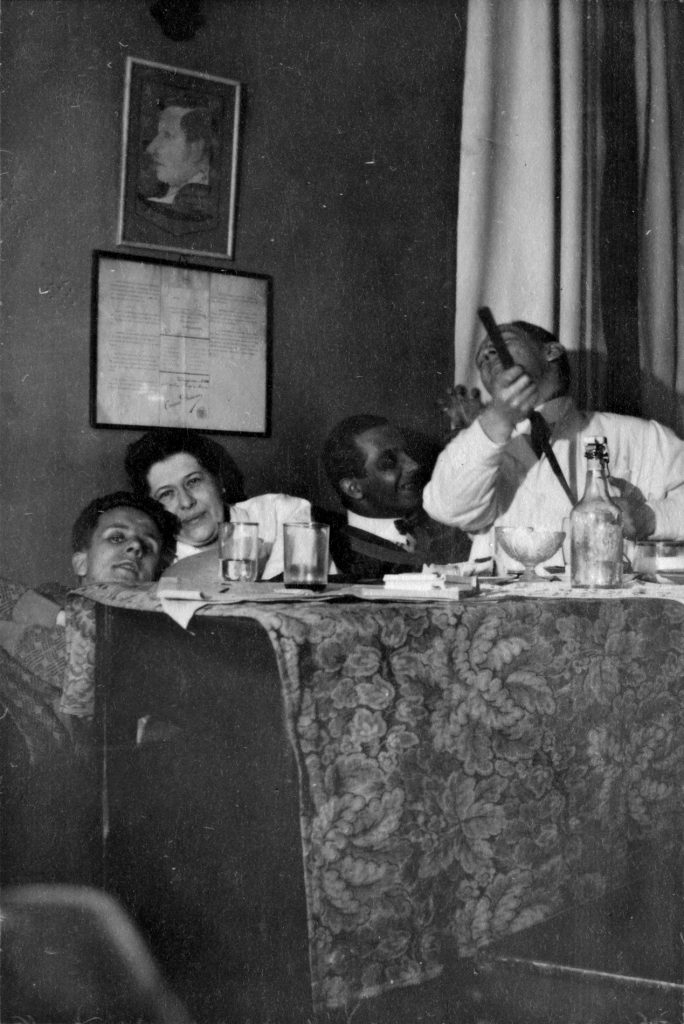
The cosy has been in daily use, as testified by the coffee and ink stains on it. The collections of the Helsinki University Museum include a few old photographs where the cosy features as part of a coffee service.
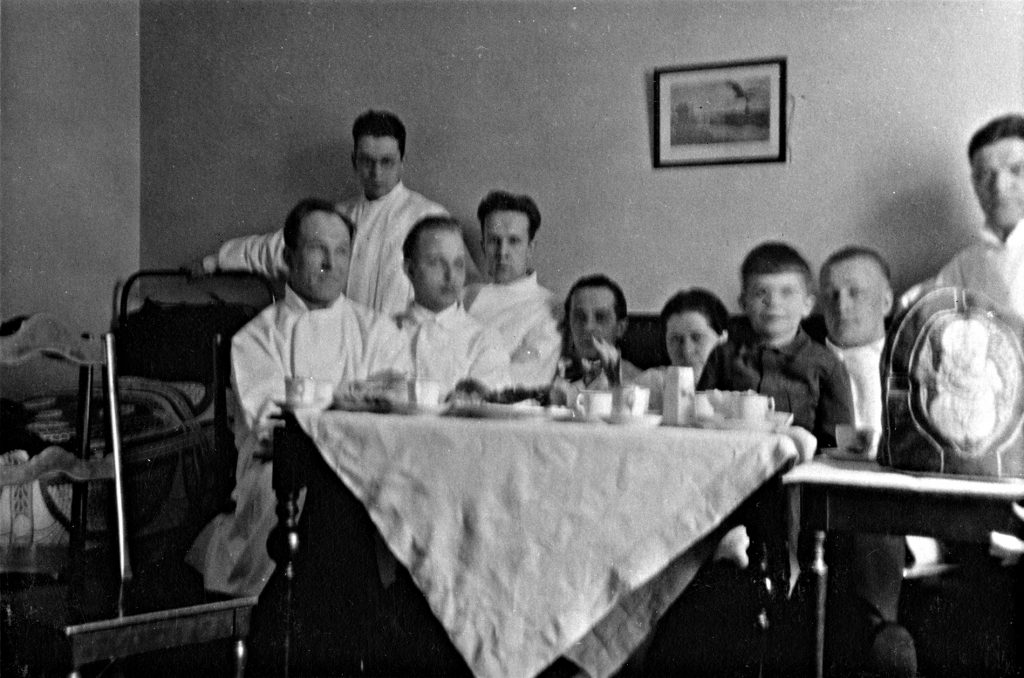
The head nurse of the Women’s Hospital donated the cosy in the 1970s to the Museum of the History of Medicine, which was one of the predecessors of the Helsinki University Museum. The cosy has made a popular museum object. For example, the University Museum’s booth at the Doctor 2014 medical conference featured the cosy to remind participants that the foundation of collegial relations among physicians is laid during studies. The cosy is currently on display at our main exhibition.
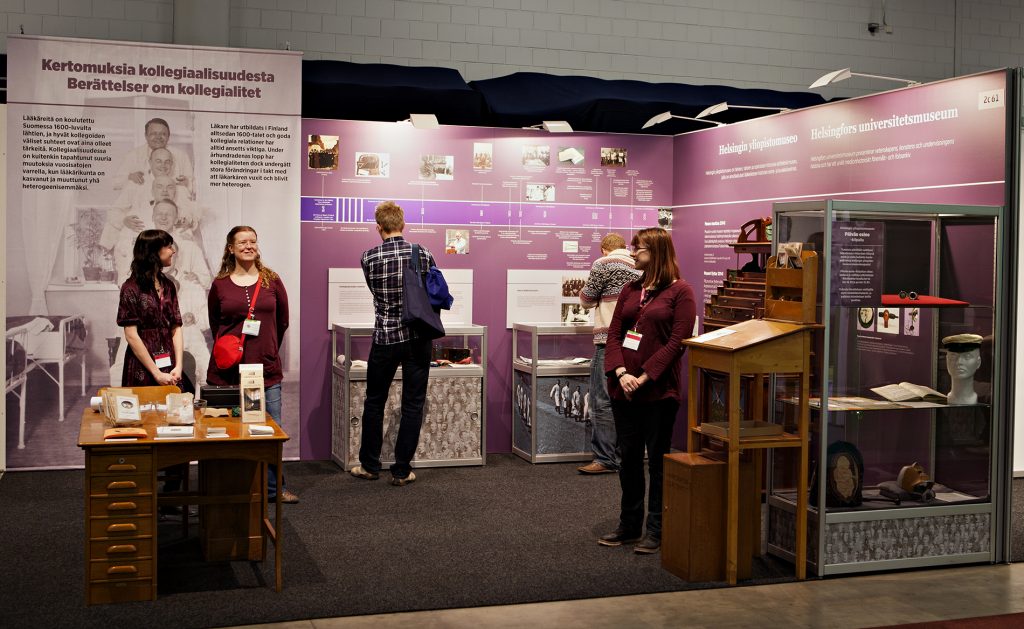
Celebrities past and present
The collections of the University Museum also include another object that is similar to the tea cosy. The wall hanging, made of embroidered off-white linen, was also made by medical students who spent their on-call traineeship at the maternity ward of the Helsinki general hospital. Made in 1926, the hanging has two embroidered images. One features a fetus and placenta in a frame, and the other, twins in the womb.

Additional embroideries again depict names as well as amusing details. For example, the motifs around the framed fetus and placenta include a stethoscope and ear trumpet, obstetrical forceps and a newborn’s identification plate. The names of famous gynaecological experts were also embroidered. The name “Semmelweiss” refers to Ignaz Semmelweiss (1818–1865), whose pioneering work included requiring the disinfection of hands. Before the discovery of bacteria, the principles of contagion and the importance of hygiene were not fully understood. Sometimes medical students could go directly from an autopsy to assisting labouring women, without washing their hands in between. The place of honour in the centre of the hanging is afforded to Marie-Louise Lachapelle (1769–1821), a famed French midwife. Lachapelle was the head midwife at the oldest hospital in France, the Hôtel-Dieu in Paris, and worked at the newer Hospice de la maternité from the year 1797 while serving as a practical instructor in her field.
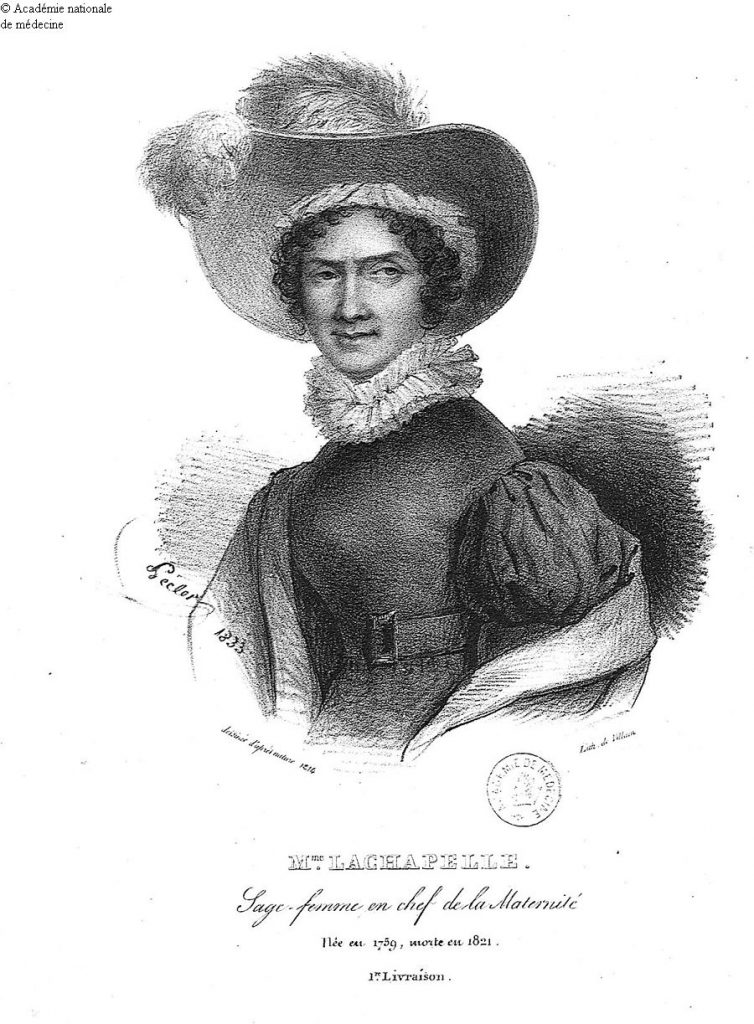
Granit is the name of a student, Ragnar Granit, who later won the Nobel Prize. Granit studied medicine at the University of Helsinki in the 1920s and was granted the titles of doctor of medicine and surgery in 1927.
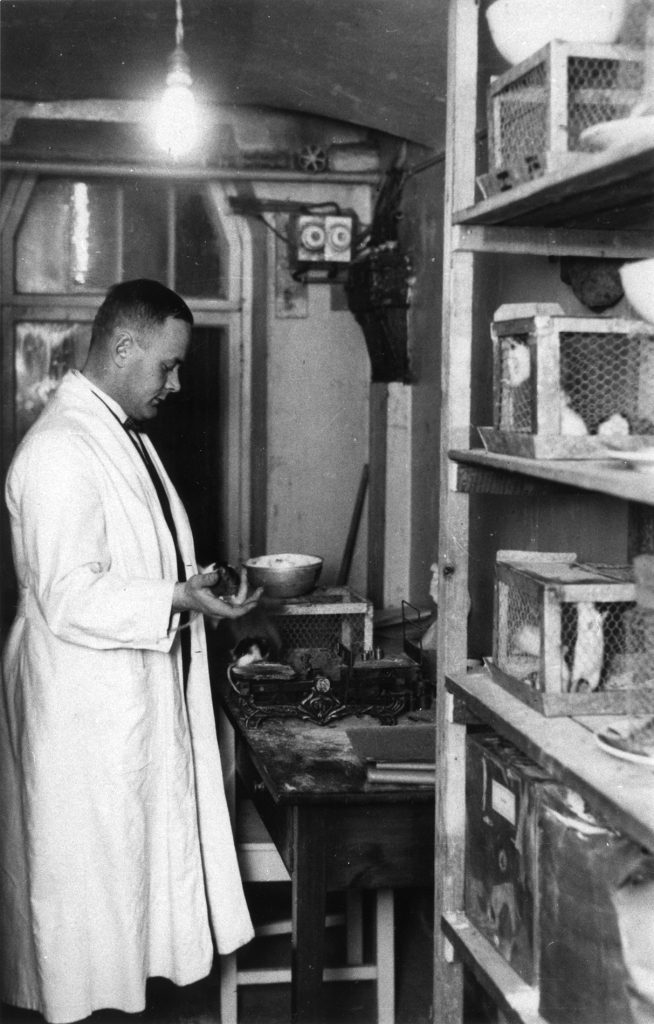
Do you have interesting memories of your traineeship in the maternity ward? We are happy to hear your memories in the comments of this post or by email to yo-museo@helsinki.fi.
Katariina Pehkonen, curator
Translation: University of Helsinki Language Services.
Sources:
https://www.duodecimlehti.fi/lehti/1996/1/duo60005
http://www.whonamedit.com/doctor.cfm/1816.html
Professor Juha Tapanainen, course coordinator for the course on gynaecology and obstetrics at the University of Helsinki
